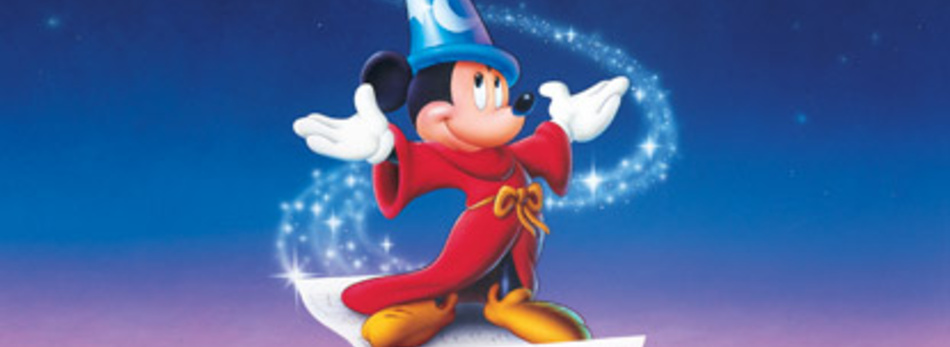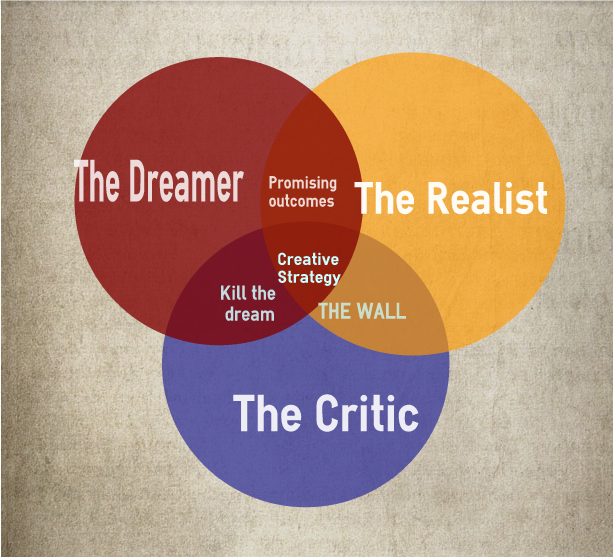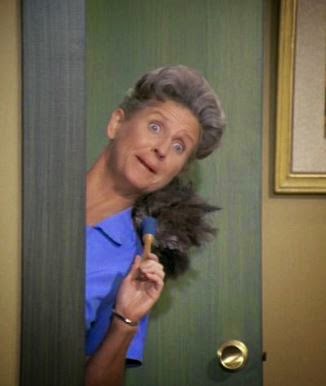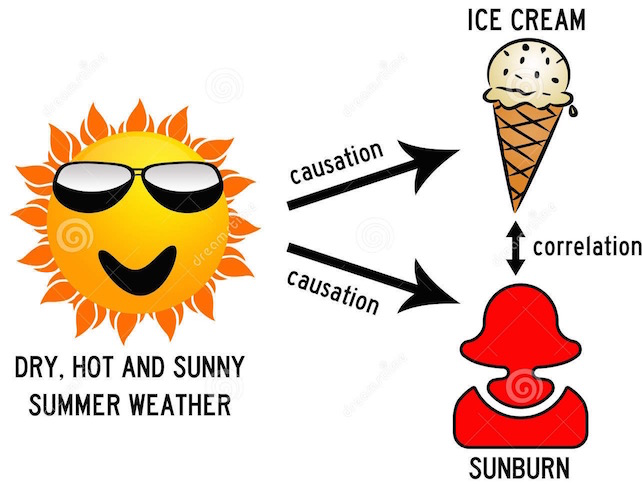They’ve been called the Seven Words of Death for any organization.
The first cousin to “We’ve never done it that way before” is “that doesn’t sound like us.”
I heard one general manager actually admit that he didn’t want to do a certain programming initiative because it would sound better than anything on his station. Needless to say he got his wish; his station didn’t get better.
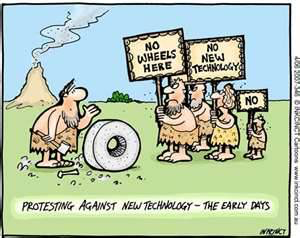
John Maxwell identified several reasons people use to resist change. These three are the ones I encounter most at radio stations:
- Routine makes people comfortable. Since many people are habit prone anything that threatens their habits, they resist.
- People are simply satisfied with the old ways and don’t want to change.
- People resist change when they are threatened with the loss of something that is valuable to them.
It’s one thing when you see fear of change from disc jockey who is lazy and simply wants to repeat the schtick from his previous gig (and format), it’s another thing altogether when you see fear of change from the leader.
We all know of radio stations that sound basically the same as they did ten years ago, seeing their success through the rear view mirror. They believe they are successful because of the list of things they have done.. They forget that once those things were innovative and distinctive. They are the sitting ducks when new competition arrives.
“If you leave a white post alone it will soon be a black post. If you particularly want it to be white you must be always painting it again; that is, you must be always having a revolution. Briefly, if you want the old white post you must have a new white post.”
~G. K. Chesterton
Leaders, what is something your station has never done that is distinctive and would help build a bond between you and your listeners?
Go do that.



